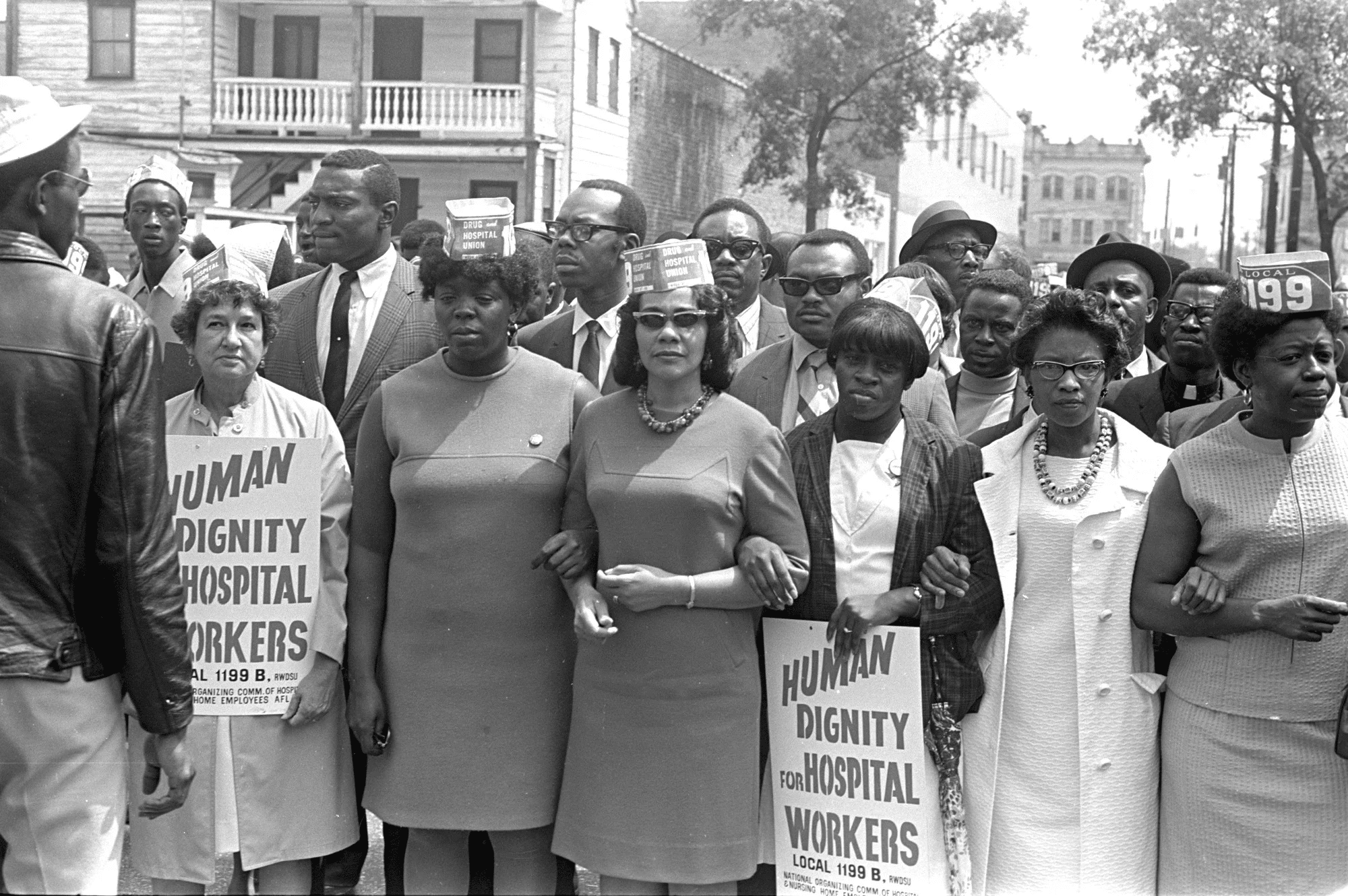|
|
By Nicole D. Miller
Every day women are suffering in silence, battling various health challenges particular to women, all the while donning unsuspecting smiles. One specific female epidemic secreting its way into everyday discussions is the development of fibroids in the uterus.
Fibroids are normally noncancerous tumors that vary in size and number and can cause diverse symptoms ranging from heavy menstrual bleeding to constipation. According to McLeod Health, a non-profit healthcare system in South Carolina, an estimated 80% of Black women and 70% of white women will have fibroids by age 55.
Sometimes, fibroids accompany other growths in the uterus called endometrial polyps. While polyps are less likely to occur (10-40% of women have them), they also contribute to prolonged bleeding in between periods and should be a topic of discussion to inform women of these kinds of effects. Both fibroids and polyps are typically noncancerous but can become cancerous.

While the existence of uterine fibroids is not new, public conversations surrounding them are. Often viewed as taboo, women’s health received more attention during the 1960s Women’s Rights Movement. The rise of organizations such as the Black Women’s Health Imperative later gave greater specificity in the 1980s. Along with this focus came the understanding of how ethnicity affects women’s health.
Though there are unknown facts about fibroids, what is known is that they can grow in the muscle wall of the uterus, under the surface of the uterine lining, or under the outside of the uterus. Although there is no certain understanding of how these tumors originate, it is suspected that fibroids are caused by estrogen dominance and possibly genetics. Many women are unaware that they even have them, but the following are some telltale signs that may suggest otherwise:
- Bleeding between menstrual cycles.
- Heavy bleeding during the cycle (even forming blood clots).
- Pain present during intercourse.
- A frequent need to urinate more often than normal.
- Excess weight gain in the belly.
- Irregular periods.
This last fact indicates that knowing potential hereditary causations is essential since these tumor developments differ between races. Furthermore, since Black women have a higher rate of having fibroids, the opportunity for misdiagnosis or mistreatment is more likely to occur due to medical racism.
Medical racism has plagued America since its inception and, more specifically, plagued the treatment of women’s health. According to the Mississippi Free Press, “Both North Carolina and Mississippi passed forced-sterilization legislation.” Additionally, on two separate occasions in 1957 and 1959, the North Carolina Assembly pursued sterilization laws that largely targeted Black women. The issue of sterilizing women is not only a worthy topic for the Black community, but other marginalized groups as well. In the 1970s, a startling 70,000 Native American women were forced into sterilization by the Indian Health Service. With these types of numbers, who can BIPOC women (Black, Indigenous, People of Color) trust with their wombs?
 The answer is themselves. With the right amount of research and information, each woman can make the decision that best fits her personal needs. This series of articles will offer knowledge on the occurrence of fibroid tumors, ways to identify them, their effects, and both holistic and medical remedies. Additionally, it will dive into the natural healing benefits of diet and exercise, and highlight local small businesses that can assist in a healthier lifestyle for Cleveland residents. More to come.
The answer is themselves. With the right amount of research and information, each woman can make the decision that best fits her personal needs. This series of articles will offer knowledge on the occurrence of fibroid tumors, ways to identify them, their effects, and both holistic and medical remedies. Additionally, it will dive into the natural healing benefits of diet and exercise, and highlight local small businesses that can assist in a healthier lifestyle for Cleveland residents. More to come.

